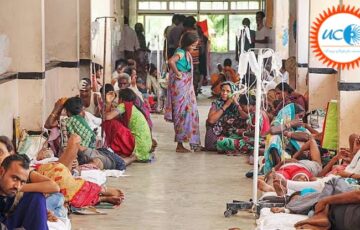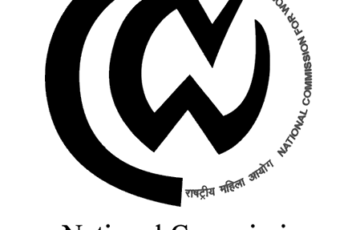Women in India
Q. What are the areas of concern related to women in India? Discuss the legal and constitutional safeguards available for gender justice in India.
Approach
|
Areas of concern related to women in India
- Gap in Male-Female Literacy Rate: Despite the government’s effort to ensure equality of opportunity for education for both men and women in our society, the literacy rate of women in India, especially in rural areas, still remains very poor.
- Schools in rural India are at considerable distances and in absence of strong local law and order, women find it unsafe to travel long distances for schooling.
- Traditional practices like female infanticide, dowry, and early marriage have also contributed to the problem as many families find it economically unviable to educate the girl child.
- Role Stereotyping: Still a large section of our Indian Society considered the roles of men as taking all the financial responsibilities and work outside.
- Gender role stereotyping attributed to women have generally led to prejudice and discrimination against women.
- For example, women may be considered to be less reliable as workers because of their child-rearing functions.
- Differentiation in the Socialization Process: In many parts of India, especially in rural regions, there are still different socialization norms for men and women.
- Women are expected to be soft-spoken, calm, and quiet. They should walk, talk, sit and behave in a certain manner. Whereas men ought to be confident, loud, and could display any behavior as per their wish.
- Representation of Women in Legislature: The representation of women in different legislative bodies remains low across India.
- According to the report of Inter-Parliamentary Union (IPU) and UN Women, India ranks 148 out of 193 countries in the number of elected female representatives in parliament.
- Safety Concern: In India, despite of continuous efforts in the field of Safety, women are threatened by various acts via feticides, domestic violence, rape, trafficking, forced prostitution, honor killings, sexual harassment at workplace etc.
- Period Poverty: a lack of access to sanitary products, menstrual education and hygiene and sanitation facilities necessary to properly manage menstruation.
- According to a United Nations Children’s Fund (UNICEF) study conducted in 2011 only 13% of girls in India are aware of menstruation before menarche.
- Glass Ceiling: Women not only in India but across the globe face a social barrier preventing women from being promoted to top jobs in management.
- Gender role stereotyping attributed to women have generally led to prejudice and discrimination against women.
The existing legal and constitutional provisions on gender equality in India
The Constitution of India made things a little easier for women in terms of gender equality. The term gender equality in the Constitution is mentioned in its Preamble, Fundamental Rights, Fundamental Duties and Directive Principles of State Policy. The Constitution not only guarantees women’s empowerment but also encourages the State to adopt various measures of equality and empowerment in favor of women.
Constitutional Provisions
Article 14, Article 15, Article 15(3), Article 16, Article 39(a), Article 39(b), Article 39(c) and Article 42 of the Constitution are of specific importance in terms of gender equality and equality in the general sense. Mentioned below are some of the articles:-
Article 14
- Article 14 of the Indian Constitution talks about equal status or equality before the law. Every person has equal status before the law and the State cannot deny it.
Article 15
- Article 15 prohibits discrimination on the grounds of religion, race, caste, sex and place of birth. This Article cannot prevent the State from making any special provisions for women and children.
Article 16
- Article 16 states that there shall be equal opportunity for all citizens of India in matters of employment or appointment to any office.
Article 39
- According to Article 39 of the Constitution, the State shall make sure that men and women have an equal right to an adequate livelihood, there is equal pay for men and women, the economic system does not result in the concentration of wealth and the material resources are distributed to serve a common purpose.
Article 42
- The State shall secure humane conditions for work and for maternity relief according to Article 42 of the Constitution.
- Hence, the Constitution of India makes gender equality a human right. Apart from these constitutional provisions, certain Acts have emerged more or less from these constitutional provisions, which are as follows:
Legal Provisions
The legal provisions are broadly classified into two categories which are:
- The Equal Remuneration Act, 1976.
- The Criminal Law Amendment Act, 2013.
- Sexual Harassment of Women at Workplace Act, 2013.
- The Women’s Reservation Bill.
- The Hindu Succession Act, 1956.
- The Maternity Benefit Act, 1961.
- The Special Marriage Act, 1954.
- The Dowry Prohibition Act, 1961.






